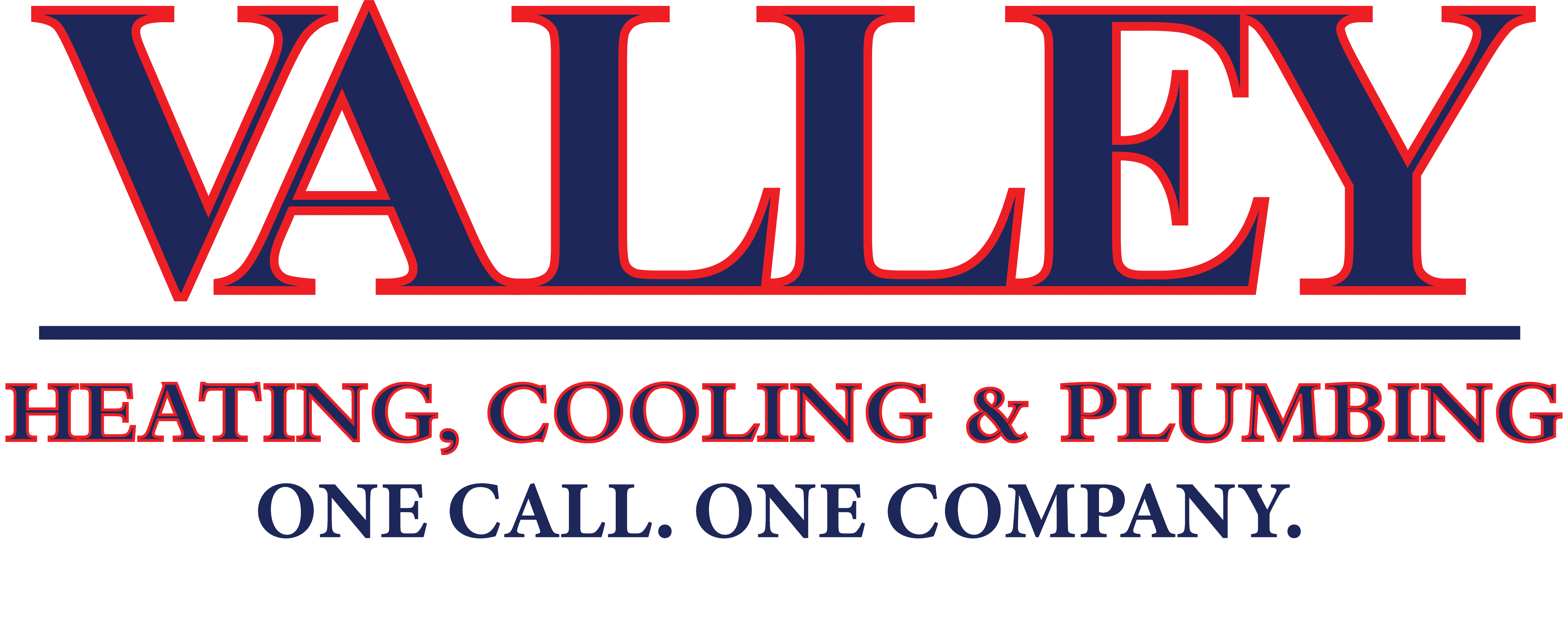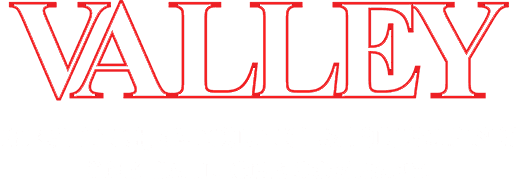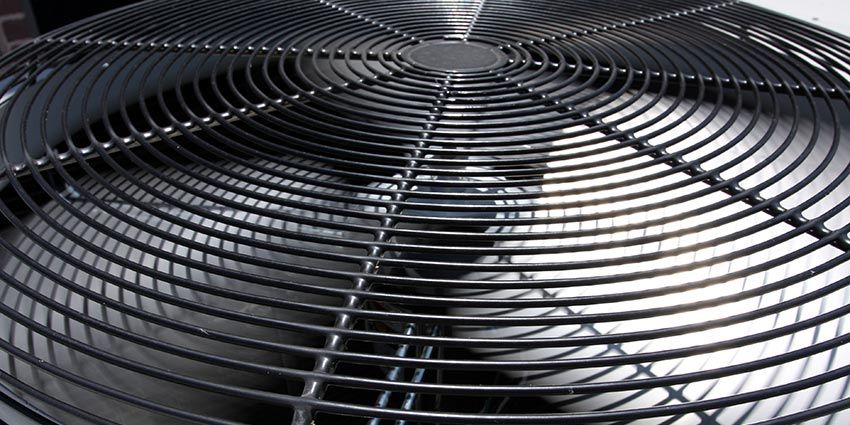What is an HVAC Compressor?
If you are looking to get a replacement for your existing air conditioning unit or wanting to get a new unit installed, it is important to understand what makes the unit work. The HVAC compressor is the heart of the air conditioner unit because it pumps the refrigerant from one part of the unit to the other. This process is similar to the way a heart pumps blood and circulates it through the body. Without the compressor, there would be no way to circulate the refrigerant into and out of the house; therefore, there would be no ability to cool down the hot air coming into the unit. We will discuss how the compressor operates within the condenser unit and how the refrigerant and evaporator coil works in conjunction with the compressor.
The Function of an HVAC Compressor
The outside unit, called the condenser unit, houses the compressor. The HVAC compressor’s primary function is compressing the refrigerant from the evaporator coil inside the home to the outside and then back in.
An air conditioner doesn’t create cool air; It absorbs hot wet air from inside the home, purifies it, sends it through an evaporator coil to cool it down using the refrigerant, and then pushes that air back through the ductwork or vents. To fully understand why the compressor is so important, we must understand what the refrigerant is going through the compressor and what the evaporator coil does.
Refrigerant
Refrigerant, commonly known as Freon or coolant, is a mixture of chemicals that require little energy to move from a vapor to a liquid back to a vapor. Refrigerant is what absorbs the heat in your home to cool it down. Because refrigerant moves in a cycle, it is continually going from vapor-to-liquid-to-vapor. The refrigerant moves to the evaporator coil as a super-cold liquid. As the hot air pushes through the evaporator coil, the refrigerant evaporates back into a vapor that goes back to the compressor and turns into an even hotter vapor. The heat from the vapor then gets expelled to the outside. If you walk over to the outside part of the air conditioner and put your hand over the compressor fan, you will feel the hot air leaving the unit. As the vapor refrigerant releases the heat, it then cools down and goes back to a liquid state and back inside the home to the evaporator coil.
The Evaporator Coil
The evaporator coil is where the heat absorption and air cooling takes place. Remember, an air conditioner does not create cold air; it merely removes the energy (in the form of heat) from the air, making it cold and pushing it back through the house.
The evaporator coil is tubing that goes back and forth up one side of the A-frame and down the other. Inside the tubing is the super-cold liquid refrigerant that came from the compressor, past the outside air and back into the home from a vapor to a liquid form. As hot air from inside the house passes through the coils, the refrigerant absorbs the heat, and as the liquid refrigerant heats up, it turns into a vapor going back into the compressor. There is a constant cyclical movement of liquid refrigerant going into the evaporator coils and vapor refrigerant going to the compressor.
Now that we understand how a compressor works inside the condensing unit in conjunction with the refrigerant and evaporator coil, we will break down the different air conditioner compressors.
Types of Compressors
There are five types of air compressors; Three of which are primarily seen in residential units and two which are more common for small to large commercial spaces. We will discuss the three main residential types: reciprocating, scroll, and rotary compressors. The other 2 are screw and centrifugal, which are used for commercial spaces.
All compressors perform the same function: compressing the hot vapor refrigerant into an even denser, hotter vapor that will then expel the heat to the outside, in turn, cooling and turning back into a liquid. The difference between the compressors is the design and which unit type they work best.
Reciprocating Compressor
The first compressor is the reciprocating compressor. It is an older style compressor that used the refrigerant (R-22), which is now being phased out. Reciprocating compressors use pistons to move back and forth within a cylinder. The benefit of using a reciprocating compressor is that it is readily available in many sizes and can be used in both residential and commercial spaces. It also has a simple and reliable design. Think of it as “ol’ faithful”. Simple, sturdy, and reliable. However, many of these will be replaced with a scroll compressor when a replacement is needed.
Scroll Compressor
A scroll compressor is a more modern compressor that will typically replace older types of compressors. It is made of 2 identical spirals - one is fixed, and the other one rotates inside the fixed one. As it spins, it pushes the vapor further into the small parts of the spirals and compresses the vapor between the two spirals. These compressors are very reliable, highly efficient, and generally make little to no noise. It is the “cream of the crop” when it comes to whole-house air conditioning compressors.
Rotary Compressor
The third compressor, the rotary compressor, is also the most versatile. These compressors are found in the small window units and mini-split or “ductless” air conditioner units. Some whole-house air conditioner units called split units utilize these compressors too.
Rotary compressors are built with a rolling piston inside a round compression container. With this compressor, suction and compression occur at the same time. The rolling piston will suck the hot vapor in, and as it rolls inside the container, it creates the pressure and condenses the vapor. Once the vapor is condensed and hot, it will get pushed out through the discharge valve, leading to the condenser fan and the rest of the condenser unit. These compressors are quieter and more energy-efficient compared to other compressors.
Maintenance and Repair
It would be best if you had your air conditioner checked annually, before the summertime, to make sure it is working correctly and efficiently. Your HVAC Tech will perform an inspection to ensure there are no issues with the mechanics and check the refrigerant levels to make sure there are no leaks from within the system.
If you notice your system is making noise, not cooling your house as well as it used to, or if the condenser fan on the outside unit is not pushing out hot air, you should call your HVAC specialists to come and look at the problem. If caught early enough, it might be a simple fix; if left unassessed, a replacement compressor could run you between $1,200 and $2,500.
Conclusion
If you are looking to replace an old HVAC unit in your home or have a new one installed, it is crucial to contact an HVAC contractor for proper HVAC installation.
If you live near the Madison, AL, area, contact the HVAC technicians at Valley Heating and Cooling. We are certified HVAC technicians with the knowledge and experience to get the job done correctly. You can learn more about what an HVAC tech is and by reading our latest post titled “What is an HVAC Tech?”. We will be happy to go over all of the HVAC options best suited for your home and work with you to complete the project.
Learn more about Rotary and Scroll Compressors in the videos below or by clicking here.


